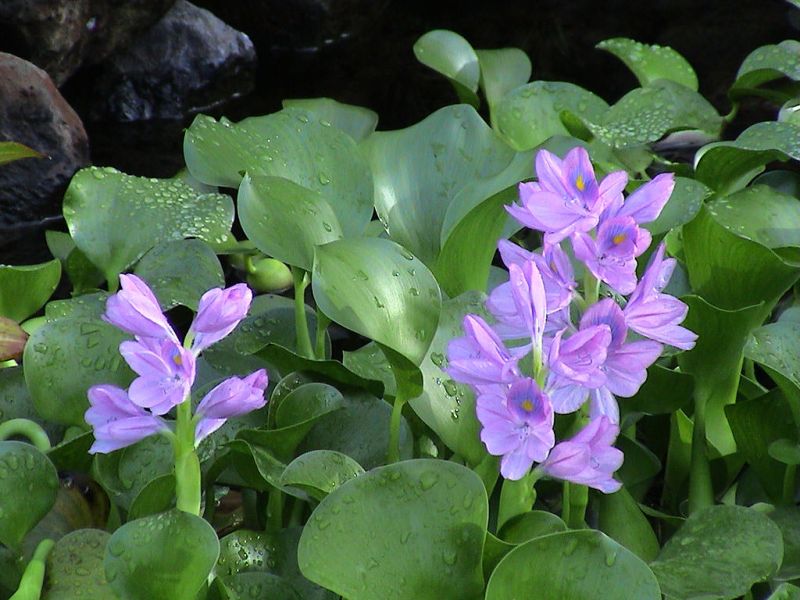Phyto-Filtration: A New Approach of Waste Water Treatment
Published on by Suraj Bhagat (Ph.D.), | Environmental Data Science | Spatial Data Science | Contamination prediction | in Academic
Abstract: As the industries are growing day by day the load on effluent treatment and disposal is also increasing. Now the condition is getting worst so new treatment and reuse techniques are needed to be discovered.
One of the oldest techniques is sand filtration technique which are natural filters used for huge wastewater purification. Simultaneously another method of removal of toxic substances from soil and water was developed which is known as phyto-remediation.

Source: Wikimedia Commons
Phytoremediation technique has a large gap of application and research is only in its infancy. The purpose of the paper is to bring these two techniques together and make a design which can be used in small scale like house hold as well as for a whole colony to preserve, treat and reuse wastewater. In this project the various characteristics of waste water will be evaluated as well the water coming out of the phyto-filter will also be analyzed so that a comparative study can be done.
The physio-chemical analysis of different parameters such as pH were there was average reduction of 18 % which was found in sample 1, 2 and 4; whereas the maximum reduction of 24% was in sample 3. Color has help to assess the qualitative characteristic for the general condition of wastewater. After the filtration process the appearance of the water was changed to transparent which gives a more as aesthetic look.
There was no major drop in temperature of water before and after filtration on sample. There was a major variation in turbidity value of water before and after filtration and before filtration with average 86% reductions. The value of total solid has significantly changed after filtration the initial value was 640,590,610 and 680 and the final value after filtration was 310,270,280.320 mg/l. The value of total dissolved solid has significantly changed after filtration the initial value was 420,390,400 and 450 and the final value after filtration was 210,180,170,200 mg/l.
The value of settable solid has significantly changed after filtration the initial value was 6,5, 5.5 and 6 and the final value after filtration was 0.3,0.2,0.2,0.3 mg/l. BOD determines the strength or polluting power of sewage the value of BOD has significantly changed after filtration with 60% reduction in BODCOD determines the strength or polluting power of sewage the value of COD has significantly changed after filtration with 75% reduction.
The fluoride test is the measurement of the quantity of fluoride in one liter of sample. All the samples observed had high concentration of fluoride which slight changed after filtration. The analysis of the performance shows a gradual decrease in different parameters use for characteristic analysis of waste water.
This shows the phyto-filtration is a proper approach of water treatment. This project will help to understand a new approach of an environmental friendly filtration technique.
Index Terms: Phytoremediation, Phyto filtration, TS-Total Solids, Biochemical Oxygen Demand and EC-Electrical Conductance.
Tiyasha, Shaktibala Suraj Kr. Bhagat , Environmental Engineering), Dept. of Civil Engineering, Sri Balaji College of Engineering and Technology, Jaipur
Attached link
http://www.ijeit.com/Vol%203/Issue%202/IJEIT1412201308_85.pdfMedia
Taxonomy
- Treatment
- Treatment Methods
- Filtration
- Treatment Plants
- Filtration Solutions
- Biological Treatment
- Filtration
1 Comment
-
Hello
Plants by their root complexes have no vocation to purify the wastewater from the polluion they contain. Just can they purify the soil from the dissolved pollution that the roots will introduce into the body of the plant. The plant ends up saturating and dying particularly if in addition the origin of the dissolved pollution is chemical.